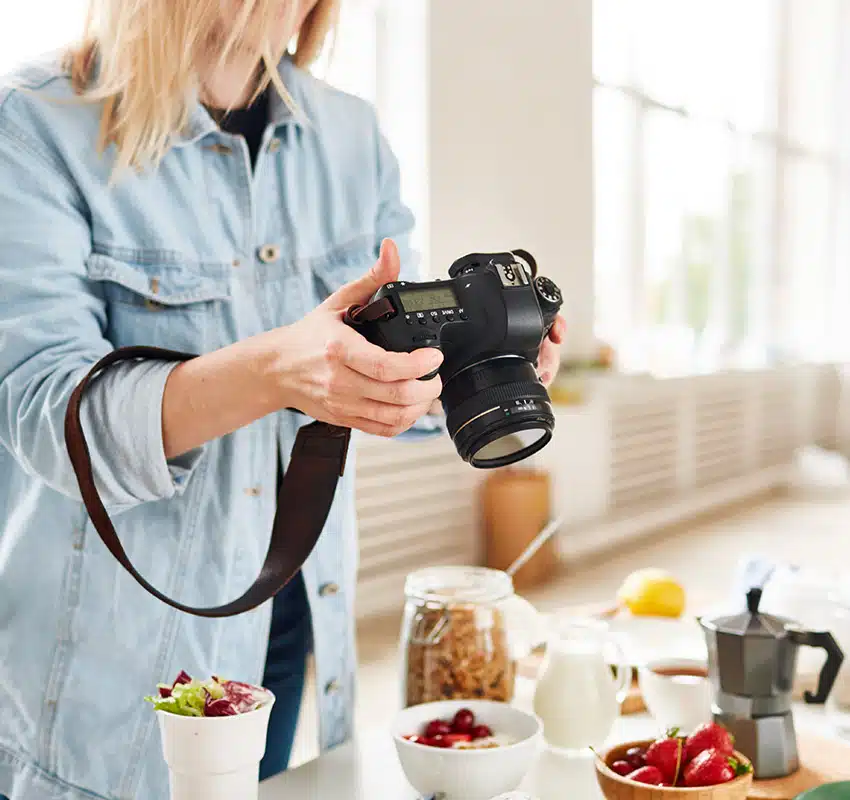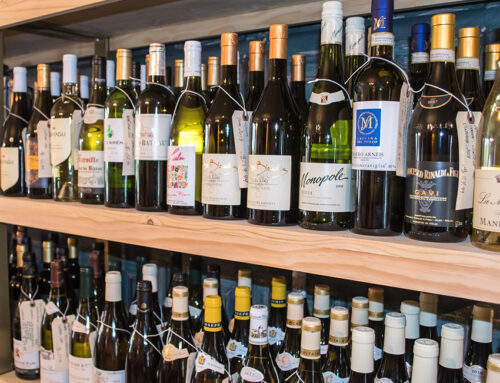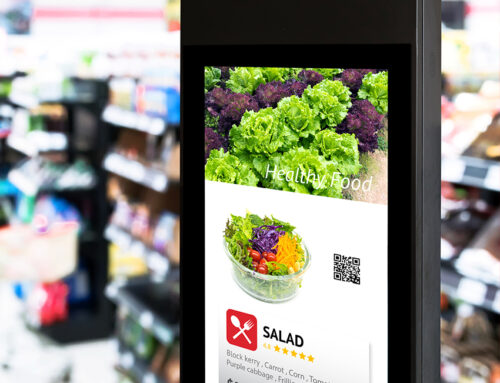Food Advertising Tricks
Every time you watch a food commercial, you can't help but feel hungry shortly after. The cuisine displayed appears to be the epitome of deliciousness. Advertisers display their food in an enticing way to urge their consumers to buy it. There are several techniques food advertising agency do to improve the food products and entice consumers. Here are 8 tricks that advertisers use that sway what you see on your smartphones when it comes to food products.
1. Mashed potatoes used in various food products
Mashed potatoes are the unsung heroes of advertising photography, they're easy to work with and won't melt to run under hot lights. Over the years advertisers have found a number of ways to use mashed potatoes to make various food products look better on camera. They can be used to add volume to meat products like roasts and whole chickens by injecting them into the desired area. Mashed potatoes are also baked into pies to give the filling a sturdy consistency that won't run when a piece is cut. By far their most popular use in advertising photography is as a stand-in for ice cream. Ice cream is incredibly difficult to photograph especially because it needs to look ice cold, the hot lights used in photography causes it to start melting. Mashed potatoes don't have this problem, adding colors and mix-ins makes the illusion complete and as long as they're the right consistency it's nearly impossible to tell the difference.
2. Glue in Milk
Cereal has to look crunchy and fresh in ads and as we all know it doesn't take most cereals very long to become soggy. Glue retains its stark white appearance on camera and it's so thick that no cereal is heavy enough to sink. A thick layer of glue is poured in and a sprinkling of cereal is laid over the top. Photographers can shoot for hours and the cereal stays fresh and dry.
3. Shoe Polish in Steaks
For a restaurant or a steak house advertisement, the steaks always appear grilled to perfection. You can tell this because they're pink and juicy on the inside with distinct grill marks on the outside. Advertisers make sure that what you see on TV is as appetizing as possible and they do it in one of the least appetizing ways imaginable. The steaks used in these ads are cooked in an oven or on a flat grill and then the grill marks are painted on with shoe or boot polish that wouldn't exactly be a tasty steak but it sure looks good on camera.
4. Shaving cream used instead of Whipped cream:
Whipped cream is as difficult to work with as ice cream. Using whipped cream in an advertisement that doesn't have a consistent thickness tends to get running and will begin melting under hot lights in mere seconds. A product that looks identical to whipped cream but doesn't have these problems is SHAVING CREAM. Every ad you've ever seen featuring a milkshake parfait or slice of pie with a dollop of whipped cream on top didn't actually use whipped cream at all. Shaving cream holds up for much longer, doesn't melt, and is easy to sculpt in shape in whatever way the photographer wishes just like with mashed potatoes.
5. Wax used in sauces
One thing that is difficult to convey in photography is consistency and this presents a big problem if you have to photograph sauces. At the correct consistency, sauces tend to look thin and watered-down on camera and can also appear dull or lacking in color. Some sauces can also separate over the course of a long shoot. Photographers have found a simple addition that solves all of these problems at once that is wax. Red wax for example can make the color of a red sauce pop while making it appear to have the desired robust consistency on camera. Different colors can be used to tweak the on-camera appearance and the wax will keep the sauce from separating over the length of the shoot. Wax can also be used to thicken a sauce up enough to get those pouring shots which can be nearly impossible to achieve otherwise.
6. Cardboard used in layers of cakes
Cardboard is second to mashed potatoes as the MVP of add photography. Whenever you see a shot of a slice of a layer cake with a perfectly even distribution of cake and frosting, you can bet that there are a couple of extra layers. Photographers will insert pieces of cardboard in between the layers of the cake. Then pipe the frosting onto the cardboard. This helps ensure that there are no crumbs on the frosting which is unavoidable when simply cutting a piece of cake and the frosting looks perfectly uniform.
7. Engine oil and fabric protector in pancakes
A fluffy stack of pancakes with warm maple syrup is a great way to start the morning and advertisers know that. The problem with getting that view on camera is that those breakfast items are quite porous – so the syrup just seeps right in. The solution to this problem is by coating the pancakes with a layer of fabric protectors. This keeps them from being too absorbent but syrup can heat up and become runny under lights and doesn't always photograph well. Thus, using motor oil, the condiment just glistens on top making it more appealing to the targeted audience.
8. Deodorant used in Fruit advertisements
Photographers have discovered another trick to make fruit really pop in advertisements. If you're a little put off by that wax coating, you can at least keep in mind that wax is edible and won't harm you. Spray deodorant, on the other hand, should never come anywhere near food unless it's starring in a commercial shoot. Photographers often spray down a coating of spray deodorant on the apple, grapes, pears, or other similar fruits to give them that ultra-shiny look that we associate with being natural.
Gourmet Ads works with food advertising brands to ramp up their food advertising campaigns. Since 2008, we have helped hundreds of food advertising companies to reach their audience through different food advertisement examples and experienced techniques. Many food advertising companies have achieved their goals using our programmatic or managed services.











